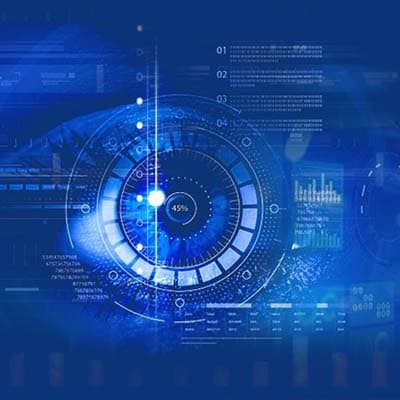
AI technology enabling machines to interpret and understand visual information
Imagery datasets such as 2D images, Videos, Point Clouds, and other visual inputs are exploited in ACTA to extract meaningful information with the use of Deep Learning. The extracted information from imagery data is used for a variety of image processing tasks such as pattern recognition, object detection, object tracking and object segmentation.
As humans we mostly rely on our vision to gather information from the surroundings and to take actions. Likewise, the computer vision field of AI, benefits from the availability and popularity of camera sensors and imagery data for decision making. Computer vision has already offered solutions and applications in various industries such as manufacturing, healthcare and more. For example, computer vision can be exploited to inspect products for defects, diagnose diseases from medical images, recognize faces for authentication, detect safety signs and safety equipment, categorize products, reconstruct 3D models from 2D images, avoid obstacles in robotic systems and more.
Computer vision utilizes deep learning algorithms such as the convolutional neural networks (CNNs) to perform feature extraction and feature selection from the input imagery data. The extracted information is then used to perform image processing tasks such as pattern recognition, object detection, object tracking, object segmentation, image enhancing, synthetic data generation and more.
The research team of ACTA has developed and integrated solutions for defect detection using state-of-the-art object detection algorithms such as the CenterNet MobileNetV2 and the EfficientDet. In addition, several state-of-the-art CNN classifiers such as the VGG16, the VGG19, the ResNets and more have been successfully employed in a variety of research fields.